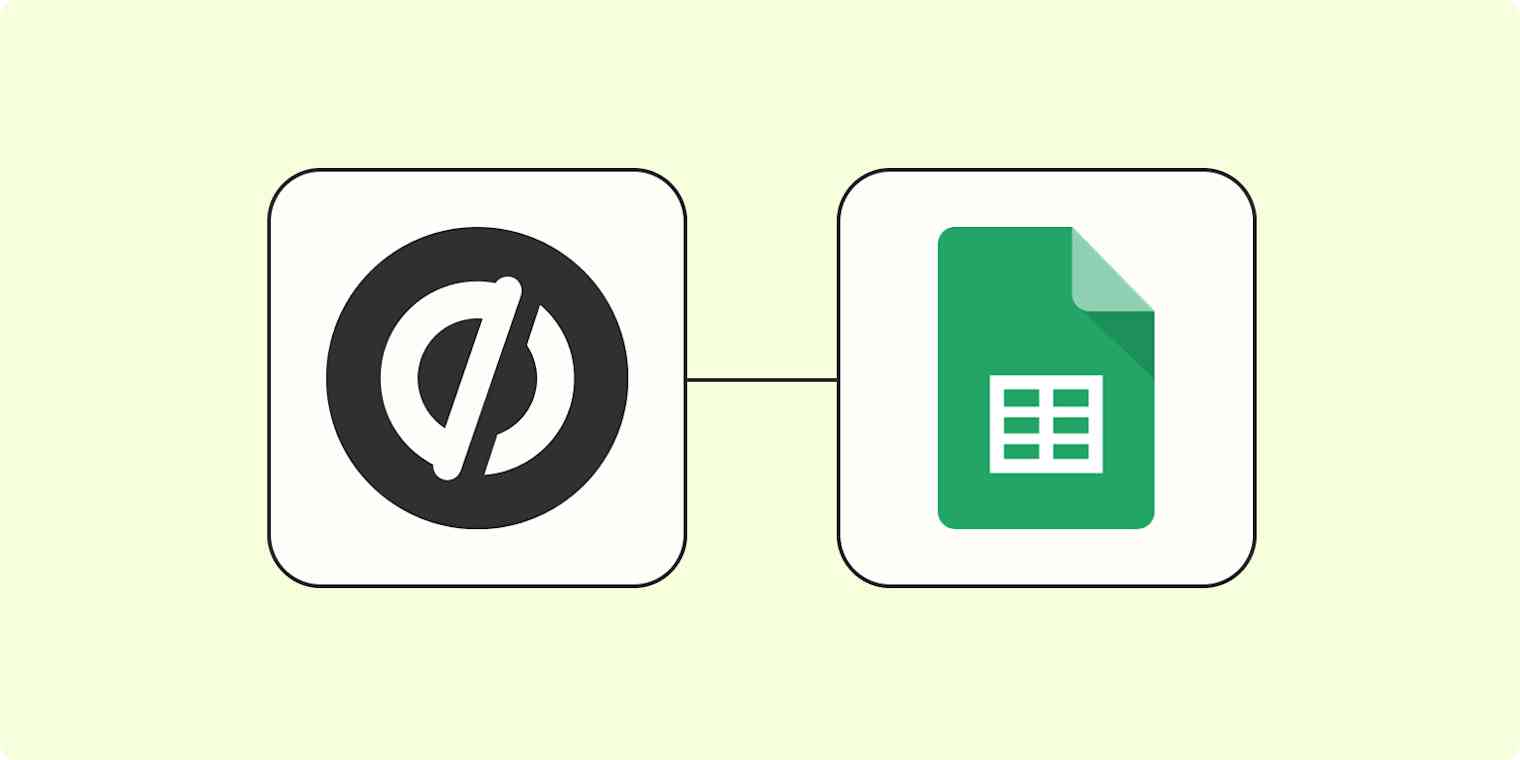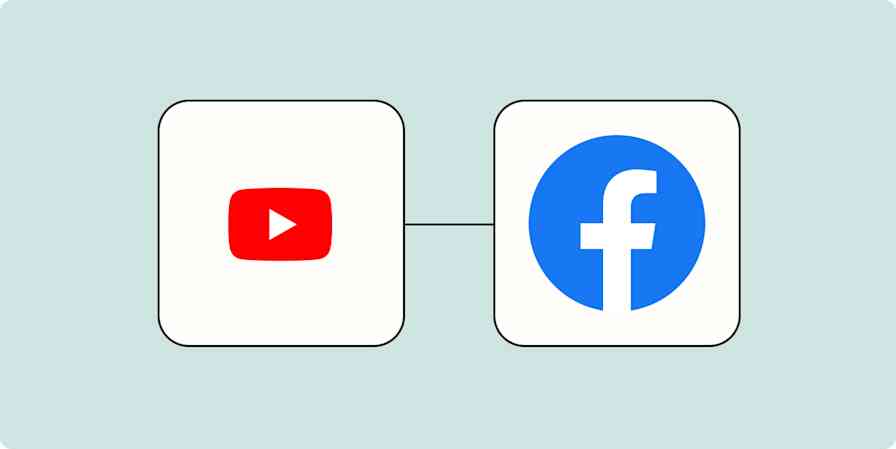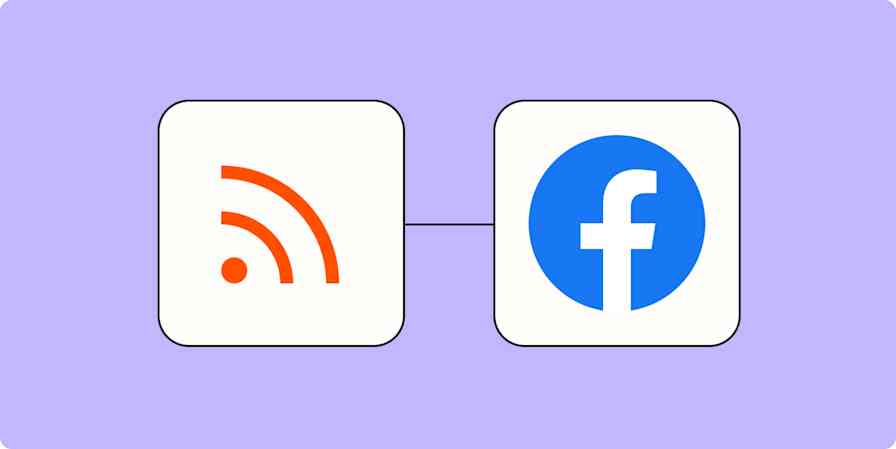With Unbounce, you can whip up a landing page for, well, anything in just a couple of minutes. And with its variety of easy-to-use features, it's a great resource for advertising a product or business.
Unbounce also does a good job of cataloging all your form submissions on a leads page. But if you need to easily share that information with other team members or add it to an archive of other leads' data, you might want to store it in Google Sheets instead.
With Zaps—Zapier's automated workflows—you can automatically send new Unbounce submissions to Google Sheets, making it easy to manage leads at scale.
New to Zapier? It's workflow automation software that lets you focus on what matters. Combine user interfaces, data tables, and logic with 6,000+ apps to build and automate anything you can imagine. Sign up for free.
Before you begin
First, set up your Unbounce landing page or decide which landing page you want to use. Then, create a new spreadsheet in Google Sheets. In order for the Zap to work correctly, you'll need to make sure to add headers in your first row.
What headers you use will depend on your landing page. In this example, we're creating a landing page for a sales callback, so we'll create two column headings: Name and Phone Number.
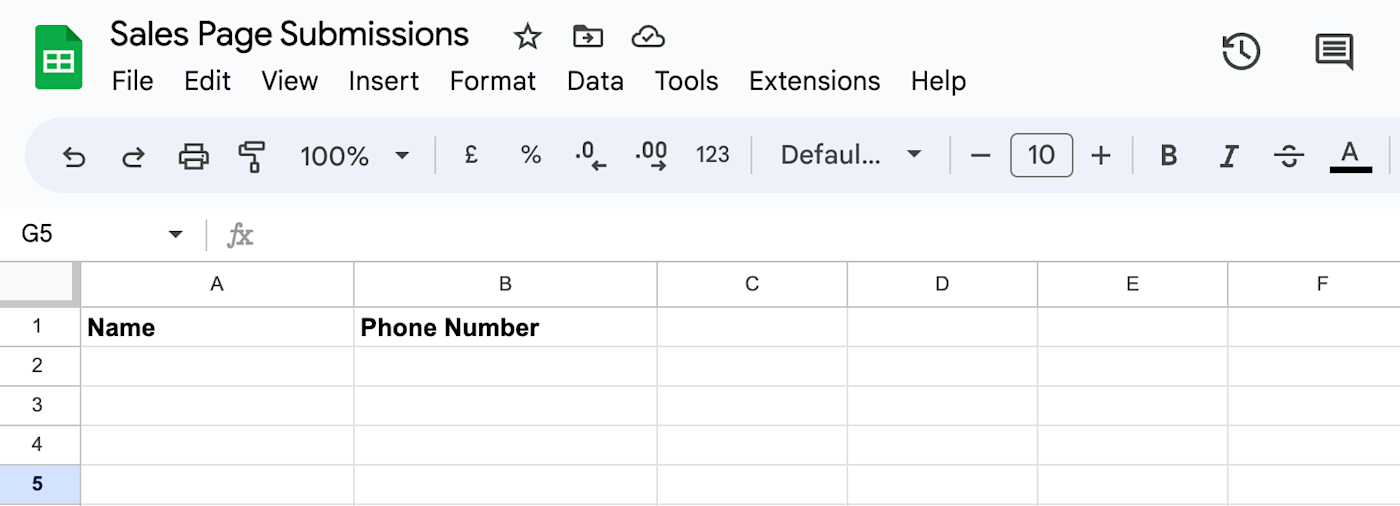
How to track Unbounce submissions in a Google Sheet
Zapier lets you create automated workflows called Zaps, which send your information from one app to another. You can create your own Zap from scratch without any coding knowledge, but we also offer quick templates to get you started.
If you'd like to start with a template, click the template below, and you'll be taken to the Zap editor. You'll need to create a Zapier account if you don't already have one. Then, follow the directions below to set up your Zap.
Generate rows in Google Sheets for new Unbounce submissions
Set up your Unbounce trigger
Let's start with the trigger—the event that starts your Zap. If you're using the Zap template, this will be selected for you. Otherwise, search for and select Unbounce as the trigger app and New Form Submission as the trigger event, then click Continue.
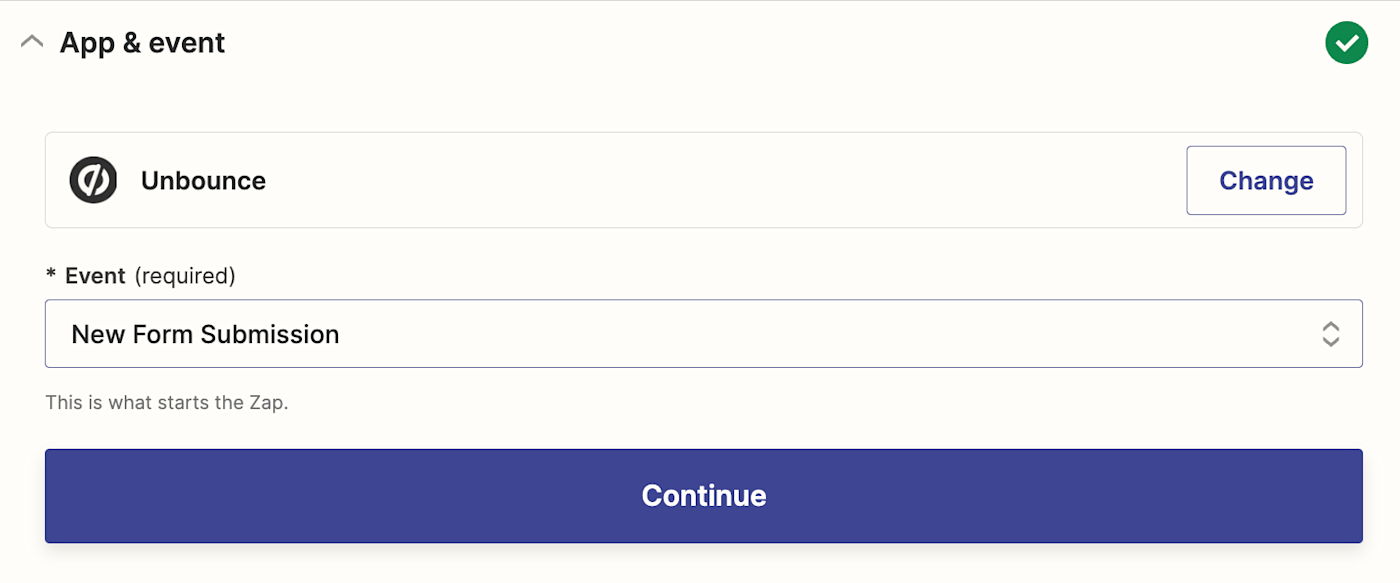
Next, connect your Unbounce account, if you haven't already, then click Continue.
Next, select the Client and the Landing Page form in their respective fields. Then click Continue.
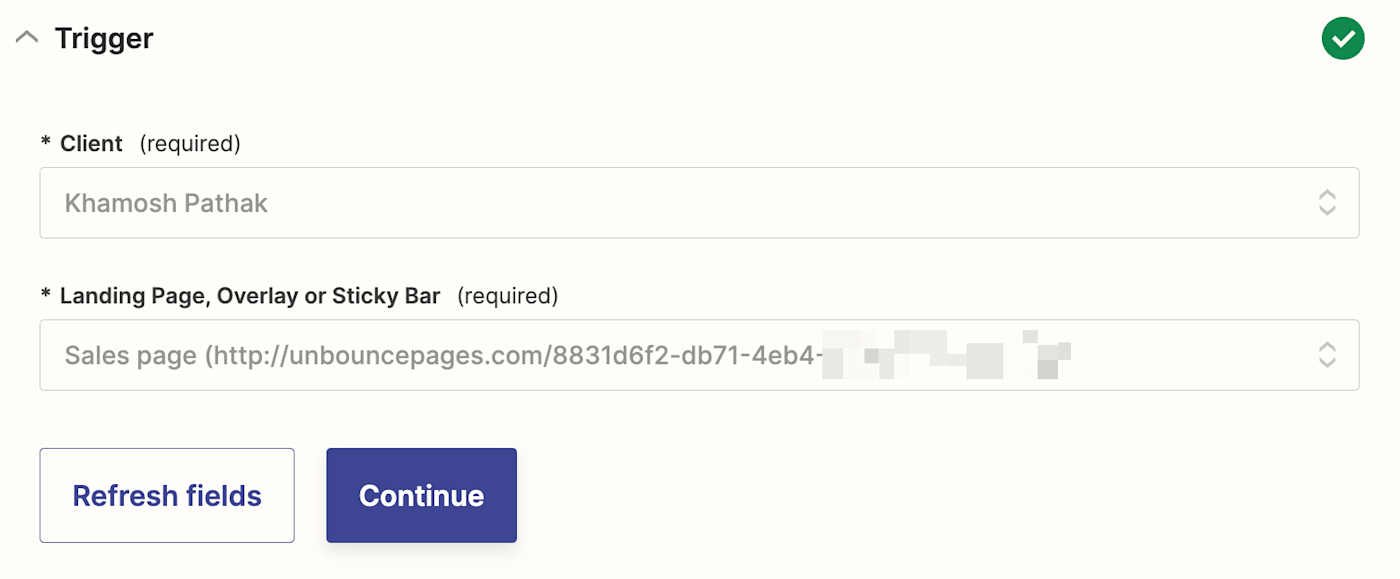
Now it's time to test your trigger step. This will gather information from Unbounce that will be used to set up the rest of your Zap. Before clicking Test trigger, make sure there's at least one submission in the form (you can add fake testing data if you don't have any submissions).
Zapier will show you the most recent data from the landing page form.
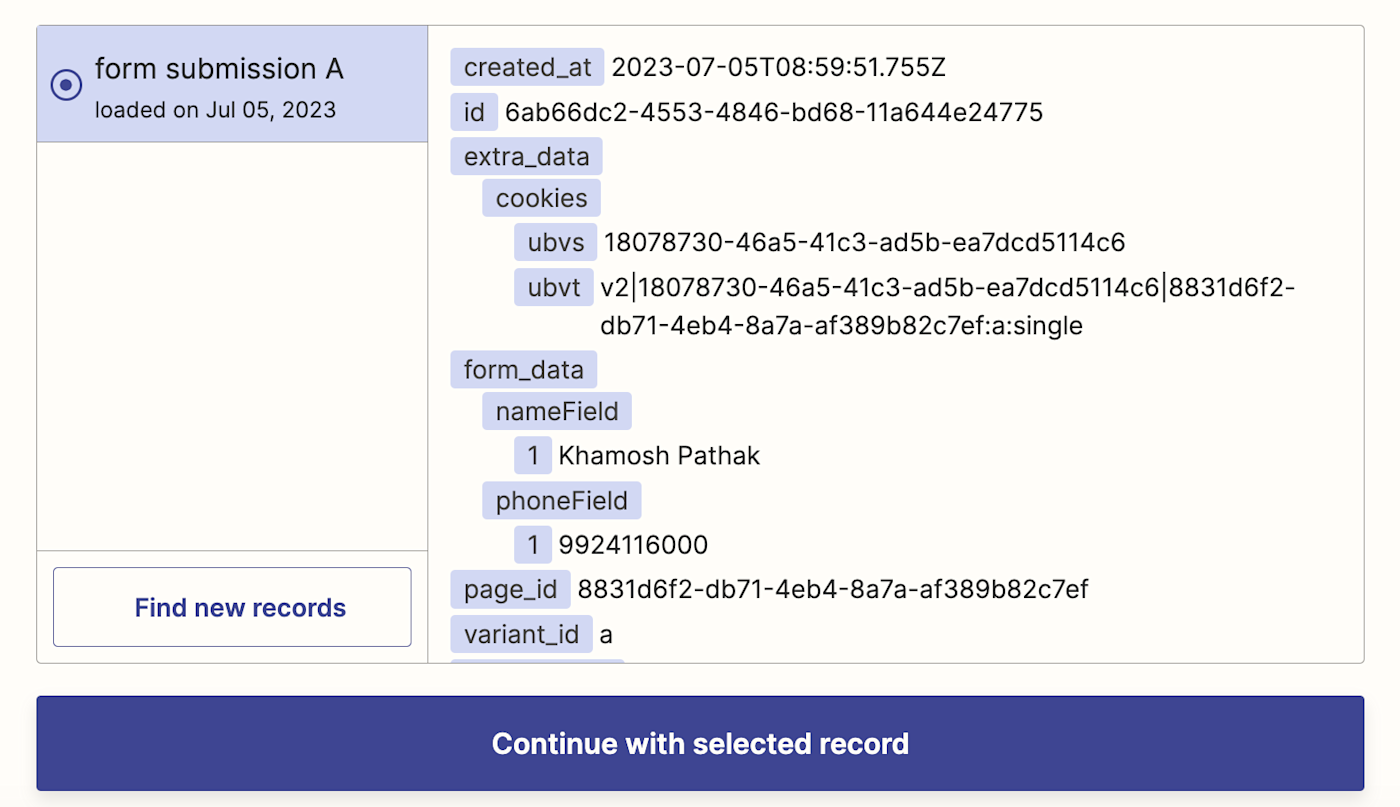
Click Continue with selected record to move on to setting up your action step.
Set up your Google Sheets action
Now it's time to set up the action—the event your Zap will perform once it's triggered. If you're using the Zap template, these will already be selected for you. Otherwise, search for and select Google Sheets as your action app and Create Spreadsheet Row as your action event. Click Continue.

Next, connect your Google Sheets account, if you haven't already. Then click Continue.
Now we get to the fun part. First, choose the appropriate drive in the Drive field where your Google Sheet is stored. Then select the Spreadsheet you created for the landing page, then choose the appropriate Worksheet (by default, it's "Sheet1").
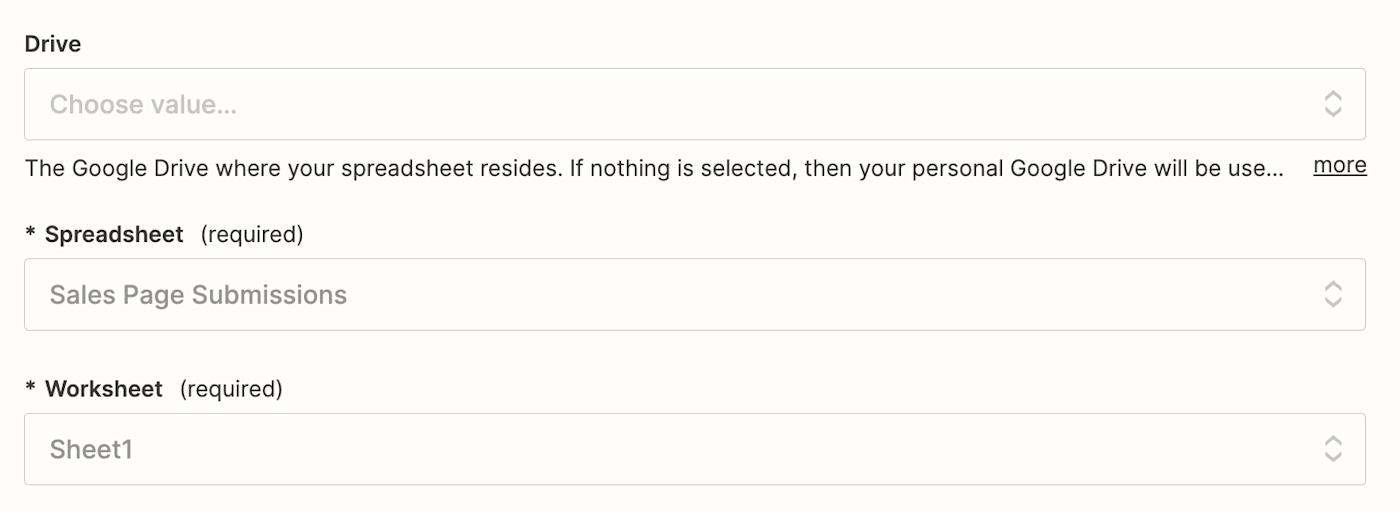
Once you do that, Zapier will automatically pull in the column headings you added to your sheet.
What's left now is to map our columns with the data from Unbounce. To add data from your previous Unbounce step, simply click in a field and select the data you'd like to use from the Insert Data dropdown.
For our example, we'll add Form Data Name Field to the Name field and Form Data Phone Field to the Phone Number field. Your mapping will depend on your landing page, but Zapier shows the data preview from the test, so it's quite easy to match the fields that you want.
Once that's done, click Continue.
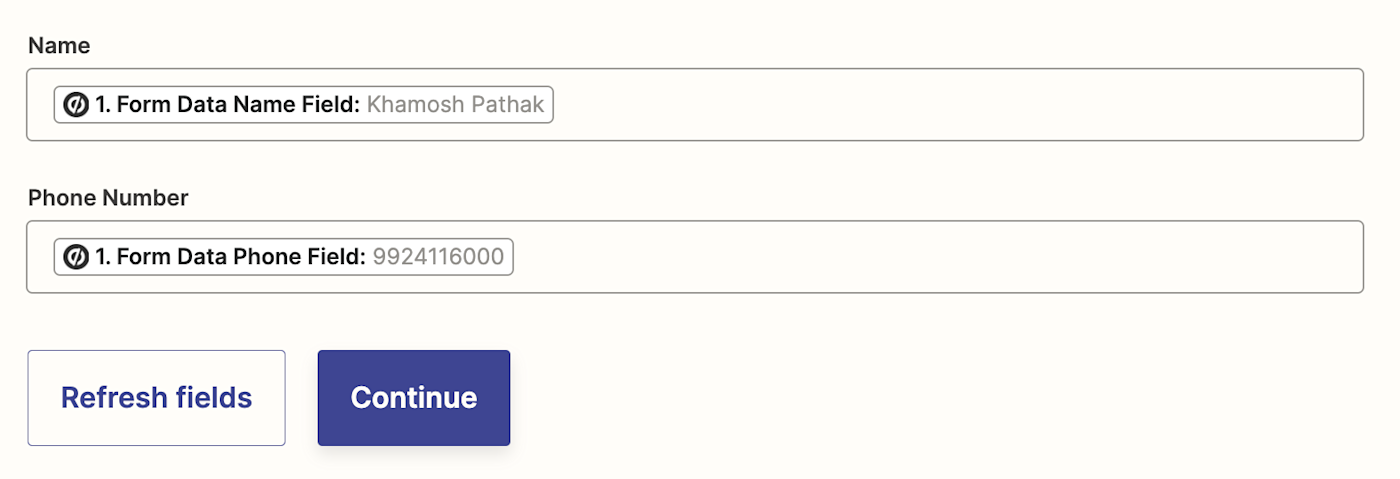
Click Test action, and Zapier will send the test data to the spreadsheet in Google Sheets. Check the results to make sure the right data is mapped to the appropriate columns.
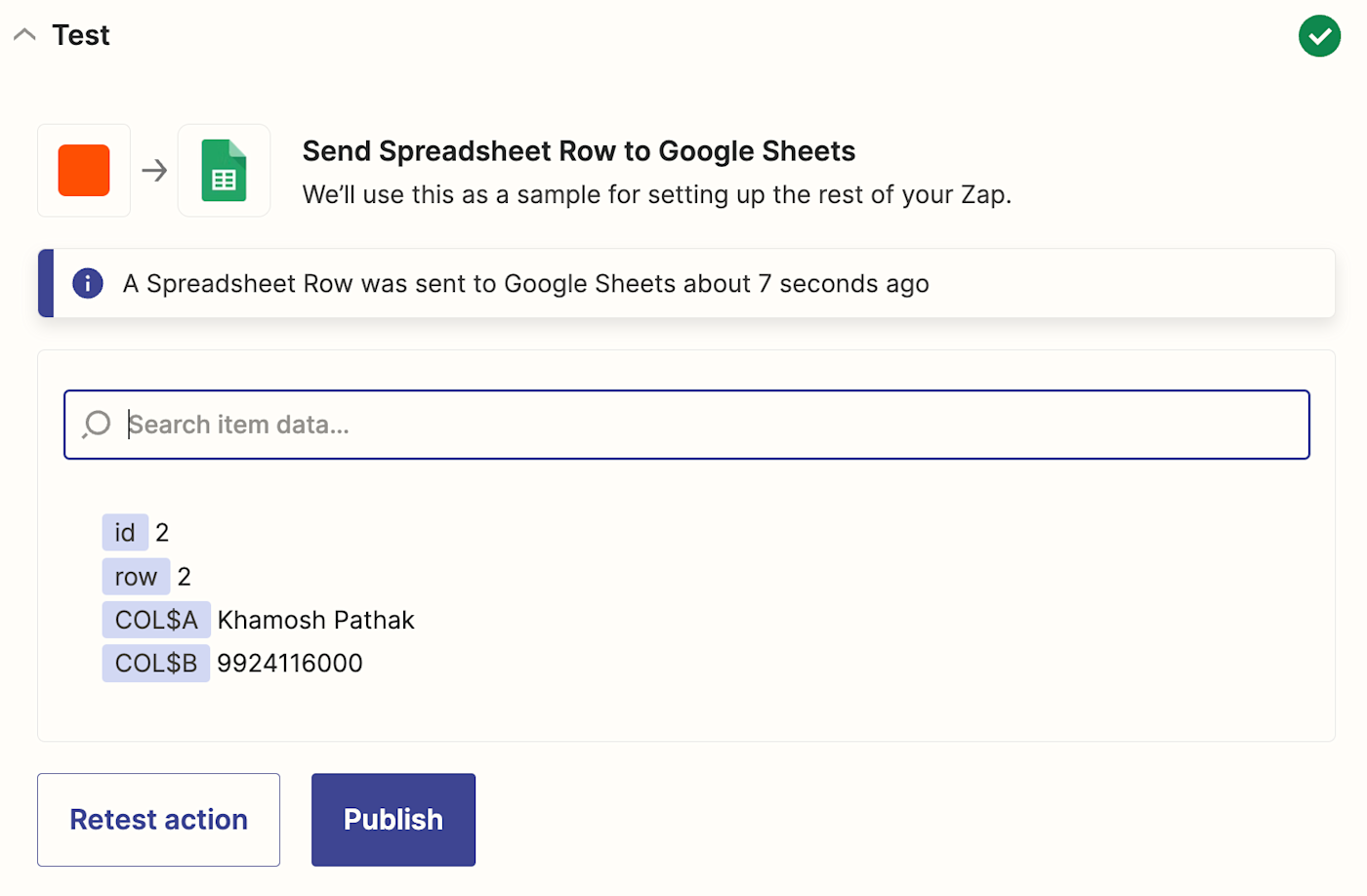
If you'd like, you can go to your Google Sheets spreadsheet to double-check. Here's what the successful test results look like for us.
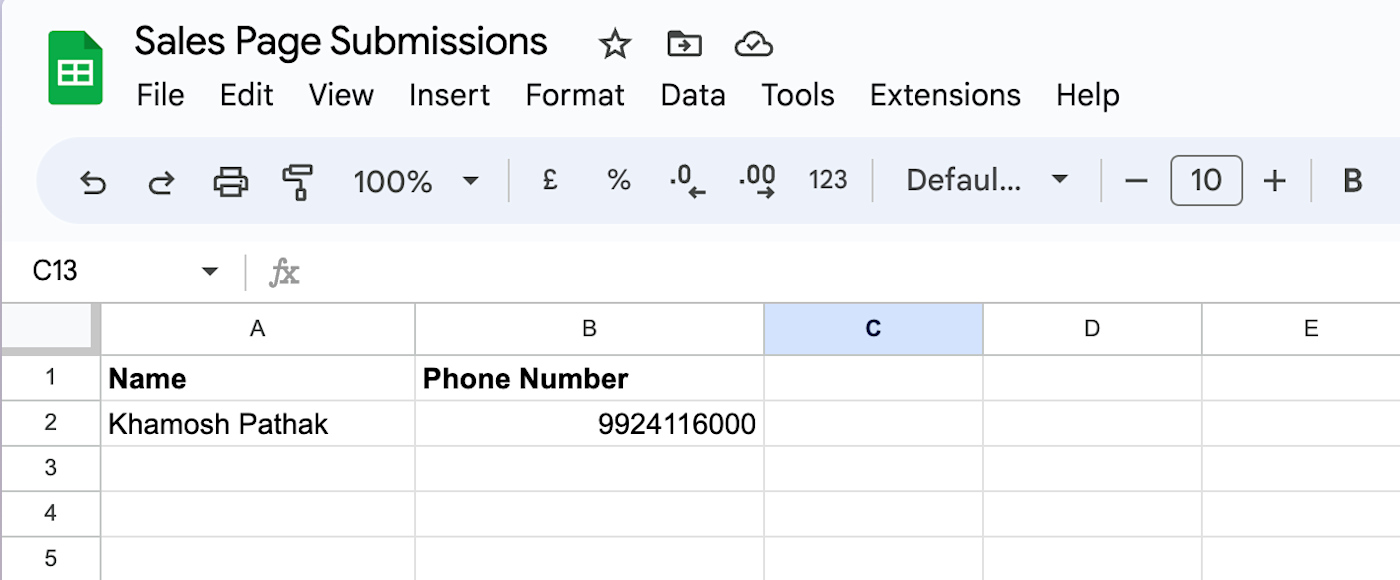
And there you have it! Now, every time someone fills up the form on your landing page, all the data will show up in your spreadsheet instantly!
